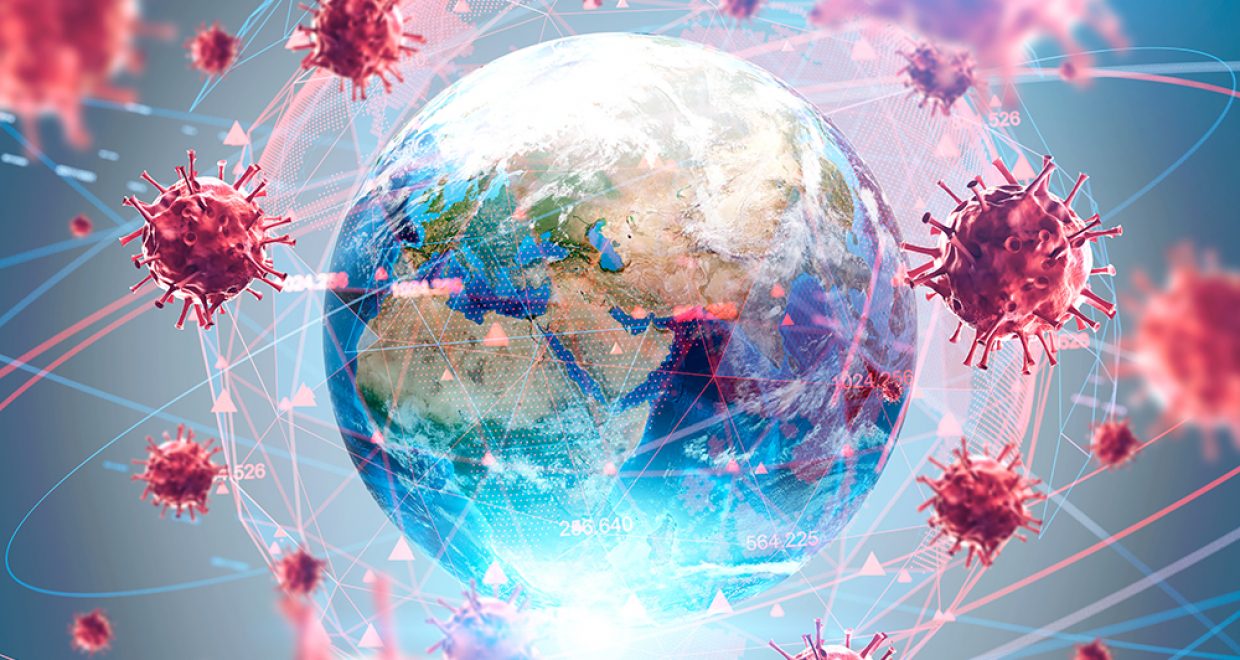Norway’s Response to the Coronavirus Pandemic
HEPL blog series: Country Responses to the Covid19 Pandemic
Norway’s response to the coronavirus pandemic
Terje P. Hagen and Bjørn Hofmann
The first COVID-19 infected patient was identified on February 26 and was a female returning from China. The first major wave of infected persons were young and middle-aged persons returning from ski holydays in Italy and Austria by the end of February.
Norway reached the first 100 confirmed cases on March 5 with the majority of these infected in Tirol. The first case fatality occurred on March 12 and was an elderly person hospitalized at Oslo University Hospital.
The rapid increase in the number of infected triggered political attention. The policy interventions have been decided upon by the central Government with the Directorate of Health and the Norwegian Institute of Public Health as the main advising bodies.
First responses
The first travel guidelines were issued by the end of January as the Ministry of Foreign Affairs discouraged travels to Hubei (25 January), Zhejiang (13 Feb), Iran, South Korea and provinces in Northern Italy (3 March), Tirol (11 March) and then successively an increasing number of European regions. From 14 March, the government discouraged all except strictly necessary travels abroad and from 12 March (retroactive from 27 February), all travelers from abroad were quarantined for 2 weeks.
From 9 March, selected schools closed based on local initiatives and from 12 March the central government closed all kindergartens, primary and secondary schools and universities. From the same time, all non-critical public sector employees have been required to work from home and private sector firms have been asked to use work-at-home as much as possible. The closure of schools is currently in effect until 13 April and is expected to be repealed carefully. From 11 March, all cultural gatherings with more than 500 expected participants were cancelled or postponed and from 12 March there was a ban on cultural and sports activities both indoor and outdoor. The ban also includes restaurants, bars and pubs, fitness centers, hairdressers, etc.
A temporary Corona law was passed March 21 giving the central Government extended power to address the rapidly changing situation and a communicable diseases regulation was passed March 27 addressing quarantine, social distancing (2 meters), travel restrictions, isolation, shutting down schools, kindergartens, universities, cultural events, sports arenas, and restaurants.
The closedown of the society has had dramatic effects for the economy with an increase in the unemployment rate from 2.3 percent (3 March) to 10.4 percent (24 March) – the highest since World War II. As a consequence, the central government and the central bank of Norway initiated several measures. The key interest rate was reduced from 12 March and stimulus packages for private businesses and municipalities have been discussed with the Parliament and augmented several times. The income safety net for temporarily and permanent layoffs has been improved.
Responses by health authorities and health care
National guidelines for priority setting/triage/referral of COVID-19 patients were established March 25. All non-critical elective operations have been postponed and the general waiting time guarantee has been suspended. This has enabled publicly funded hospitals to free capacity to corona-related services. Departments and sections have been designated to COVID-19 patients. The number of beds in ICUs has been increased. As per today, hospital capacity is believed to be sufficient.
In addition to the increased ICU capacity, the strategy has included intensive testing and tracking of infected patients. On Friday 3 April, it was announced that Norway had tested more than 100,000 people, putting it behind only Iceland and the United Arab Emirates in the number of tests per head. An average of 5 per cent have tested positive to date.
Effects
After a sharp increase in the number of hospitalized cases during March the daily numbers appeared to stabilize or even decline in the beginning of April. The number of patients in ICUs have also been slightly decreasing. The Norwegian Institute for Public Health has published daily reports about coronavirus disease.
Reflection on COVID-19 response in Norway
The Norwegian response was swift and included radical measures – the strongest interventions affecting the population since WWII. The reactions revealed a clear political willingness and broad consensus for more restrictive measures than recommended by health experts. There has been broad support for the shutdown in the population – despite significant personal and societal consequences, and there has been broad adherence to the recommendations.
At present (April 6) the measures are interpreted as to have had effects as intended on building health care capacity. They also are considered to have had effects on the spread of the virus as well as on the number of deaths.
There has, however, been both political and scientific discussions of response strategies with three alternatives up for debate: ‘let go’ which is the no measure strategy that implies a reproduction rate of 2-3; ‘break’ or ‘flatten-the-curve’ strategy implying a reproduction rate of 1.2-1.4 and long-term ‘herd immunity; and ‘suppress’ which implies a reproduction rate less than 1. Currently, the official strategy is ‘suppress’, which so far seems to be a success. However, the effect on the economy is dramatic. Although Norway is in a favorable economic situation, the economic problems are now more frequently discussed. Accordingly, authorities are considering easing the measures over the coming weeks.
Health Economics, Policy and Law serves as a forum for scholarship on health and social care policy issues from these perspectives, and is of use to academics, policy makers and practitioners. HEPL is international in scope and publishes both theoretical and applied work.



